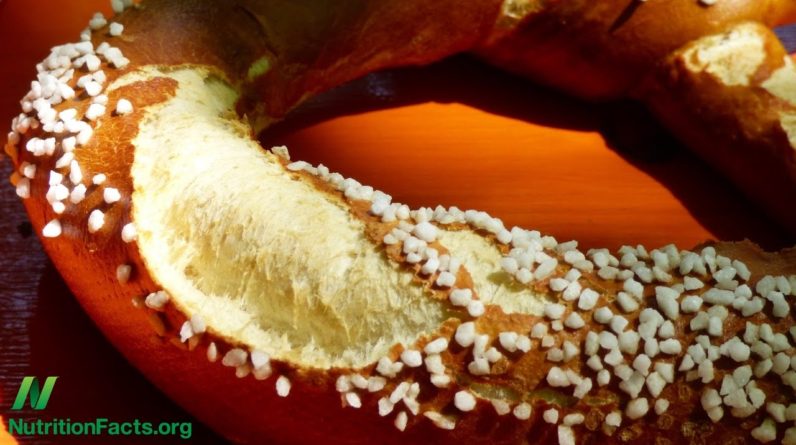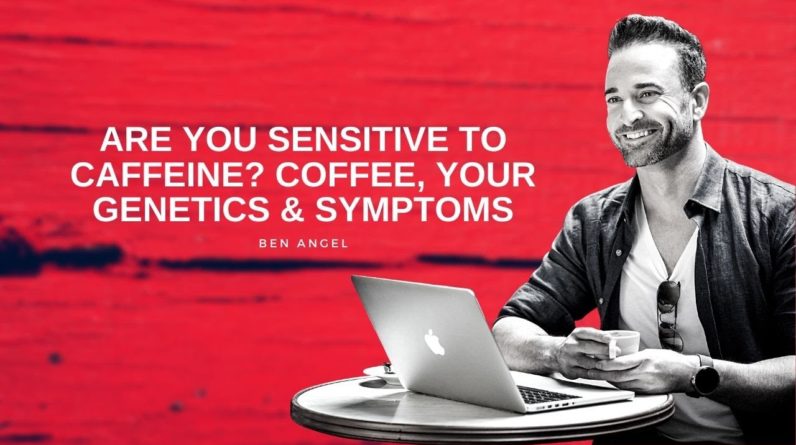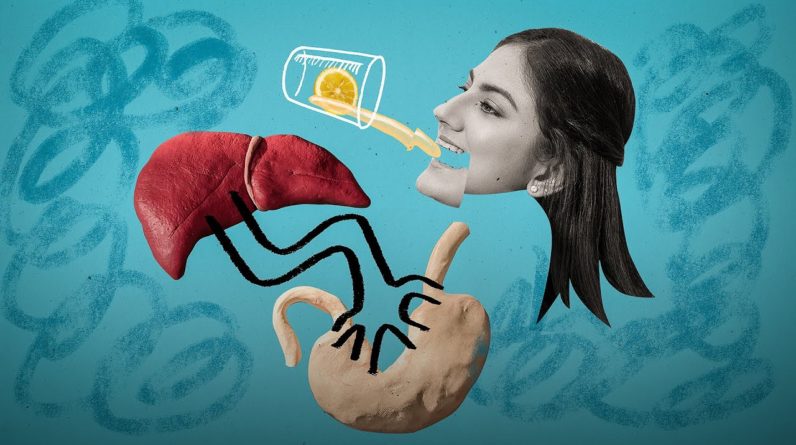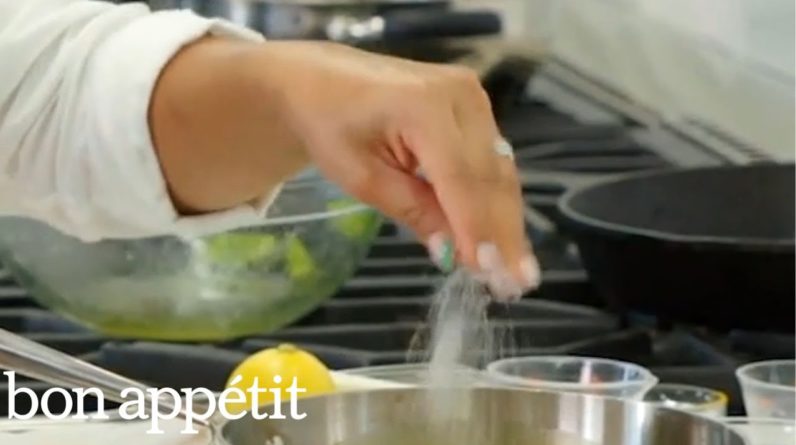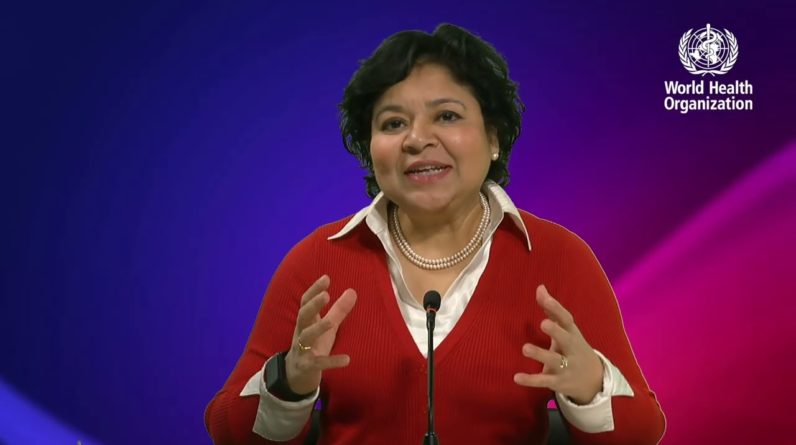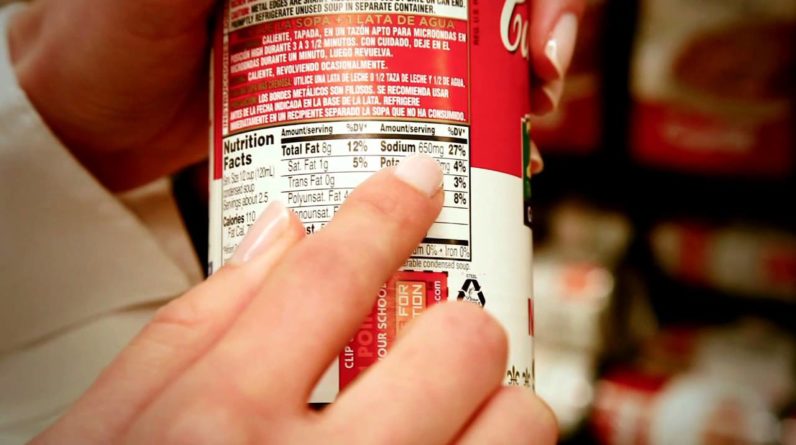
Hi! My name is Arielle Rosenberg
and I'm a registered dietician for the Clinical Nutrition Department
at Johns Hopkins Bayview, and I've worked with many cardiac
patients throughout my time at Bayview. I wanted to walk to the grocery store with
you and help you look at all the foods with a keen eye to help you figure out
which foods are high in sodium, and which foods are lower in sodium that will
be perfect for your shop cart.
Many people think that they are in the
clear if they don't pick up the salt shaker and use it in their cooking.
When, in fact, most of the sodium that Americans consume daily come from processed
foods that they may buy in the grocery store.
Watching your sodium intake is really important since high amounts of sodium
in your diet can lead to hypertension, increased risk for cardiovascular
disease and stroke. So for Tip Number 1, I would recommend sticking
to the outside of your grocery store. All grocery stores are pretty much set up alike.
If you stick to the outside of the grocery store and stay away from the
center aisles, you'll be choosing more low sodium foods there.
A lot of these foods are natural and they're not processed, so this
would be a good place to start. For Tip Number 2, if you happen to make
it into the center aisles of your grocery store, the most important thing you can
do is actually read the food label. The food label does not lie and I always
tell my patients knowledge is power, so if you know how to read the food label, you
can be in the clear, you can make healthy decisions.
So for example, when looking at this packaged
rice, one serving is one cup of cooked rice.
So on one cup of cooked rice, you have 666 milligrams of sodium in just that one cup.
This is a really high-sodium food. The American Heart Association recommends
that the average American consume 1500 milligrams, or less, of sodium in a day.
Anything that is a hundred forty milligrams or less in sodium per serving
is a low-sodium food and anything higher than 300 milligrams per serving
is a high-sodium food. So this, as you could see, would
be a high-sodium food. For Tip Number 3, I would recommend watching
out for those canned goods. Canned soups and canned vegetables are
huge culprits when it comes to consuming high-sodium foods.
So as you can see we're in the Canned Food Section.
For example, if you pick up a canned soup and it says 25% less sodium, this doesn't
necessarily mean that this is a low-sodium food. It just means that this can of soup had
25% less sodium than the average canned soup.

So as you can see if you turn over the
food label, this soup has 650 milligrams of sodium which is still considered
a high-sodium food. Instead of choosing canned soup, I
recommend making homemade soups. This way you can control how much
salt you're adding to your soups. So another good tip if you make it into
the center aisles is to look above and below eye-level, because a lot of times,
at eye-level are the unhealthier higher-sodium foods.
So for example we have over here the nut section. The unsalted peanuts are down here, or
the salted peanuts and almonds are right at eye-level.
For Tip Number 4 I really want you to try to avoid those TV dinners or microwaveable meals.
Those are really high-sodium foods; those are some of the worst culprits.
So for example, this pre-made shrimp dinner over here, one package is your
whole serving size and in this one package you get 960 milligrams of sodium.
That's more than half the amount of
sodium you need in an entire day. Remember, you wanna stay less than or
equal to 1500 milligrams of sodium. Another great tip is look into the dried
herb section of your grocery store. This is a great way to add some
flavor and taste to your food. One of my personal favorites is Mrs.
Dash. Mrs. Dash offers a wide variety of different spices and they are all
salt-free which is excellent. Another choice is the McCormick.
So McCormick offers a couple different salt-free herb blends as well. Another thing I would recommend trying to
stay away from is your pre-packaged lunch meats. If you do want lunch meats, I recommend
going to your deli counter and asking for a low-sodium option. So now that your basket is full of some
low-sodium foods, I encourage you to go home and make some low-sodium meals.
It's always healthier to make your meals at home rather than going out to eat.
But if you do decide to venture out, I encourage you to ask your waiter
or waitress for low-sodium options.
My favorite request is "Please hold the salt.".


